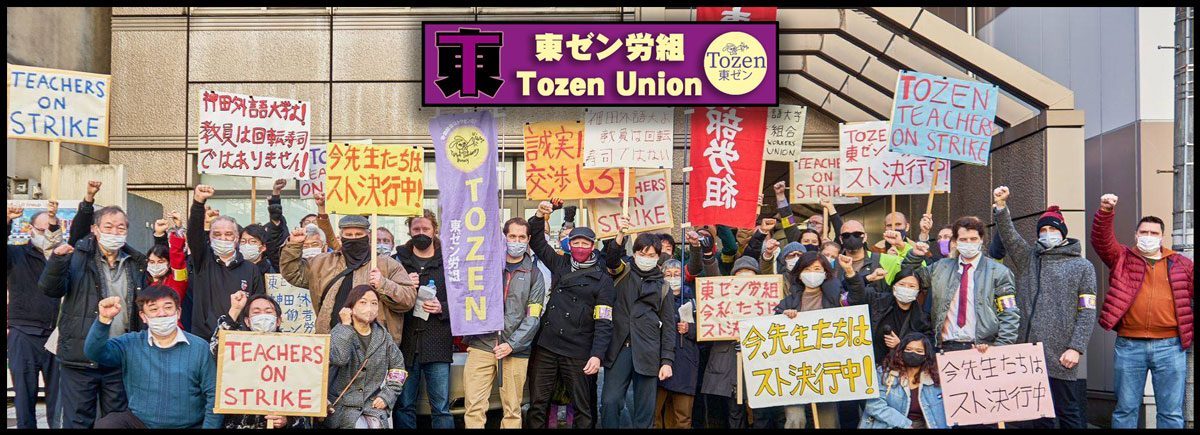Volunteers head north to assist tsunami victims
Myo Myint Swe, a 42-year-old refugee from Myanmar, said that since the March 11 earthquake and tsunami, he wanted to help those in the Tohoku region affected by the devastation.
A 20-year resident of Japan who received his refugee status in 2005, Myo said he knows how difficult it is to be forced into fleeing home and seeking refuge elsewhere, but felt that in some ways the situation for people in Tohoku could be worse.
“We’re refugees because of human-made disasters. In the case of the people in (the) Tohoku region, they are evacuees of natural disasters. But while we have someone to cast our anger at, people in Tohoku, they lost their families and homes but don’t have anyone to blame because it’s an act of nature,” he said. “It may sound a bit strange coming from me, but I really feel sorry for them.”
Myo was among a group of volunteers that included other refugees as well as foreign exchange students and Japanese nationals who took part in a Tohoku disaster relief project organized by the Japan Association for Refugees, a nonprofit organization supporting asylum seekers.
According to JAR spokeswoman Mihoko Kashima, the volunteer project that began in late April and will continue until the end of this month was inspired by the voices of refugees like Myo who said they wanted to help people in Tohoku. So far, more than 70 people have traveled to Rikuzentakata through the program, including about seven refugees, she said.
